When planning for our trip to southeast Asia, Cambodia felt especially alien to me. Other than knowing that it was on the other side of the world, I knew literally nothing about the country. If you’re a Cambodia beginner like I was (and still am) you’ll likely either go to Phnom Penh or Siem Reap. Maybe you’ll even hit both.
A popular search query for a first-timer with limited hours to spend in the country is which city is one better off visiting? I’ll give you my personal thoughts.
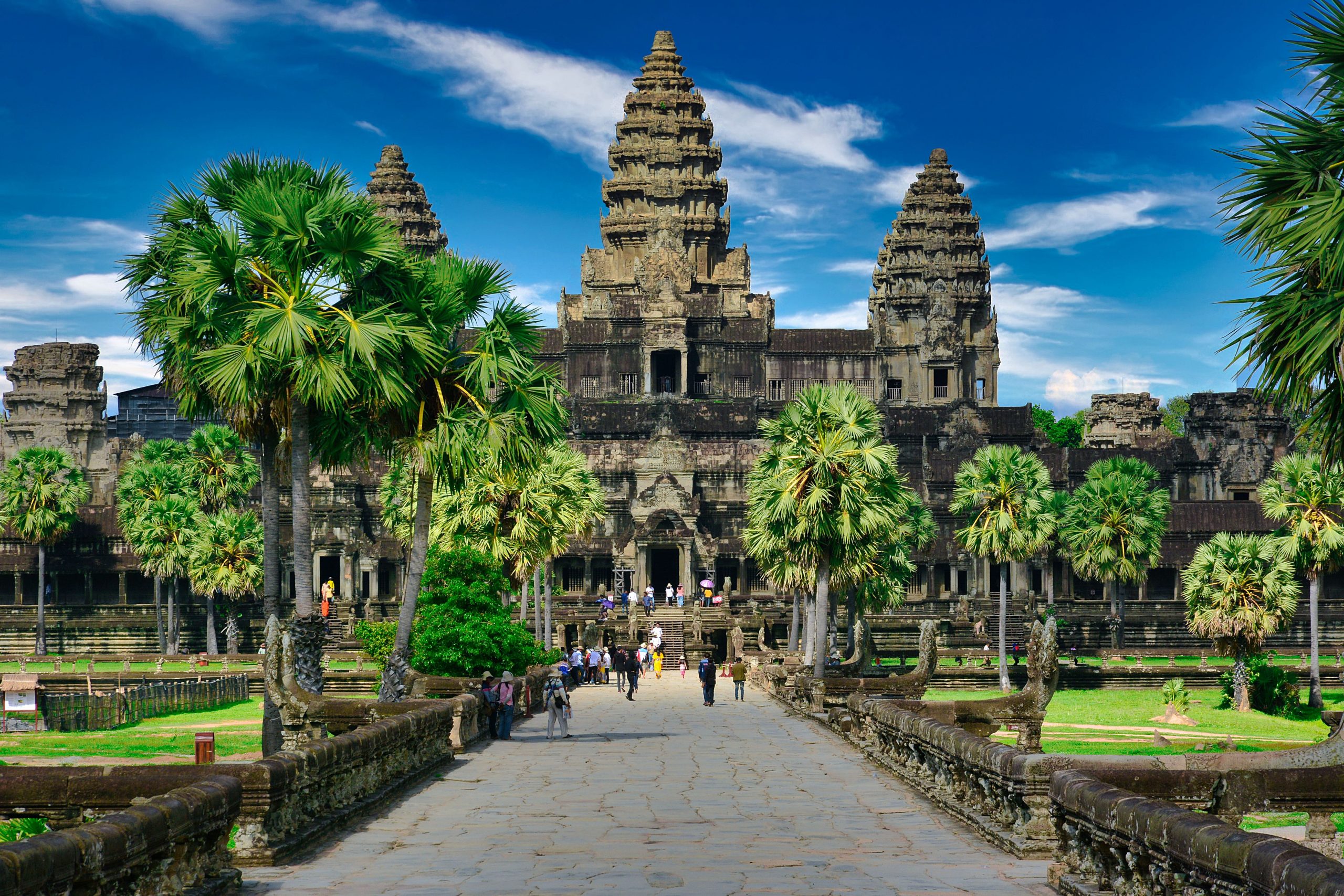
Phnom Penh Overview:
If Phnom Penh is the first city that you visit in south or southeast Asia, you’ll likely experience what might be a jarring bout of culture shock.
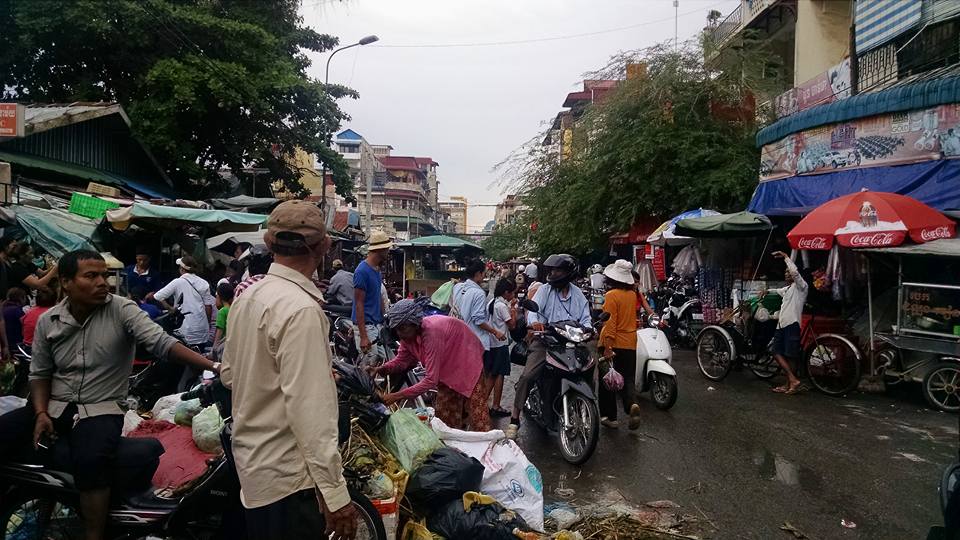
The city to me is kind of macabre. Even the colors of buildings and clothing are muted (gray, black, brown tones). There’s a good deal of abject poverty, not the one homeless guy that you can ignore on your cab ride to the hotel. It feels like it’s quite literally everywhere in Phnom Penh. Be especially careful of petty crimes like pick-pocketing and theft. Necessity is the mother of invention, and petty criminals are REALLY good at getting what they want, even jumping onto your rickshaw to get it. It will undoubtedly be heartbreaking to see the amount of destitute, panhandling young children…like…really young.
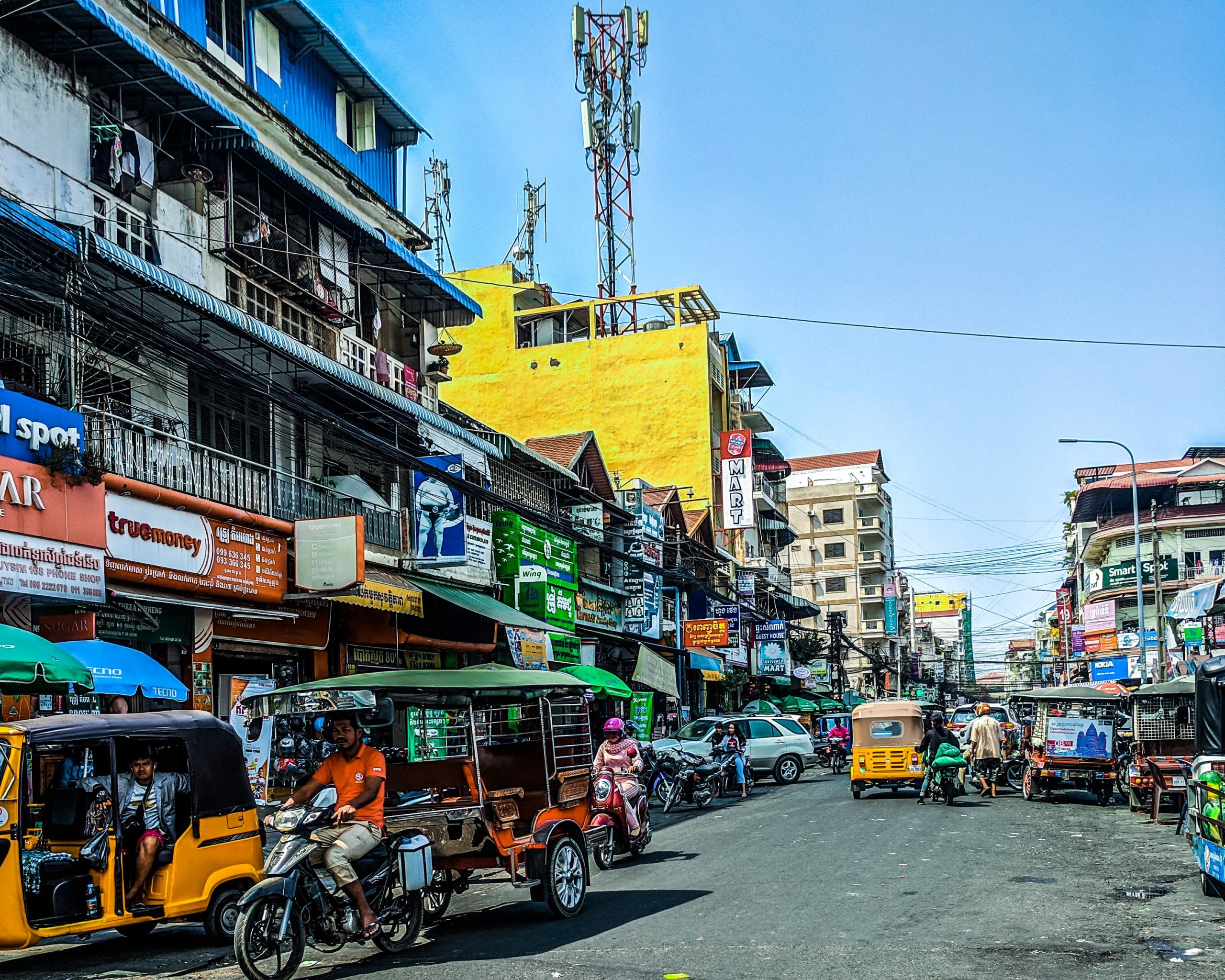
Phnom Penh is still dealing with the after-effects of the Cambodian Genocide. Nearly every person living in the city has a family member who was impacted and there is a collective trauma that seems to linger over both the city and its people. Many of the historical sites relating to the genocide are in Phnom Penh. However, I’d say that this is absolutely a reason why you need to go.
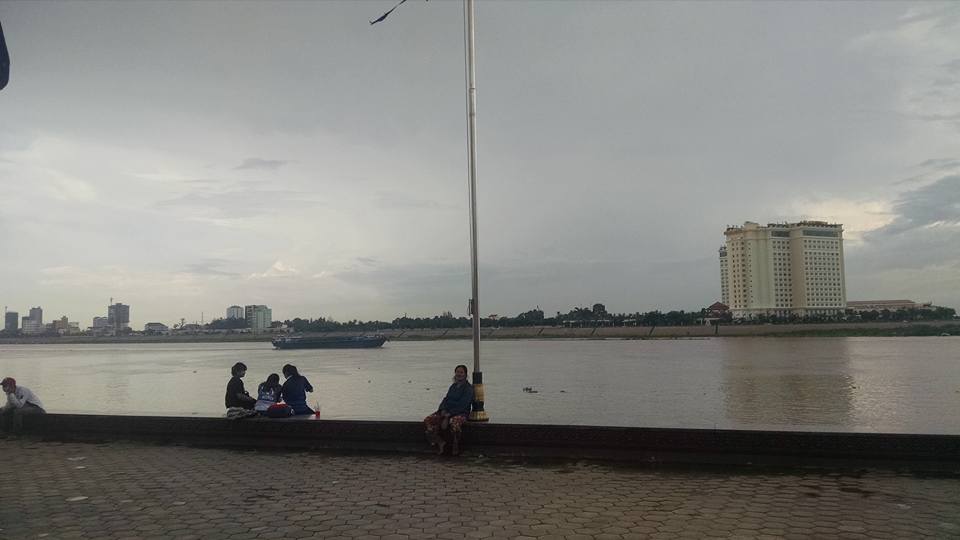
I really like cities like Phnom Penh and I’ll tell you why. It’s not some Disney-fied version of reality. There are a surprising amount of amputees, trash heaps on the street, and strip joints a-plenty. However, finding a hidden gem, a safe nook to crawl into, whether it’s a bar or restaurant is all the more rewarding.
Phnom Pen Suggestions:
Here are some of my favorites from the city.
Tuol Sleng Genocide Museum:
A visit here is quite literally life-changing. Guests have the opportunity to learn about the Cambodian Genocide of the 1970’s from start to finish. It was led by Pol Pot and his regime of Khmer Rouge child soldiers following the Civil War. Learn about his twisted, backwards, almost unreal vision and execution of his plan for a new Cambodia.
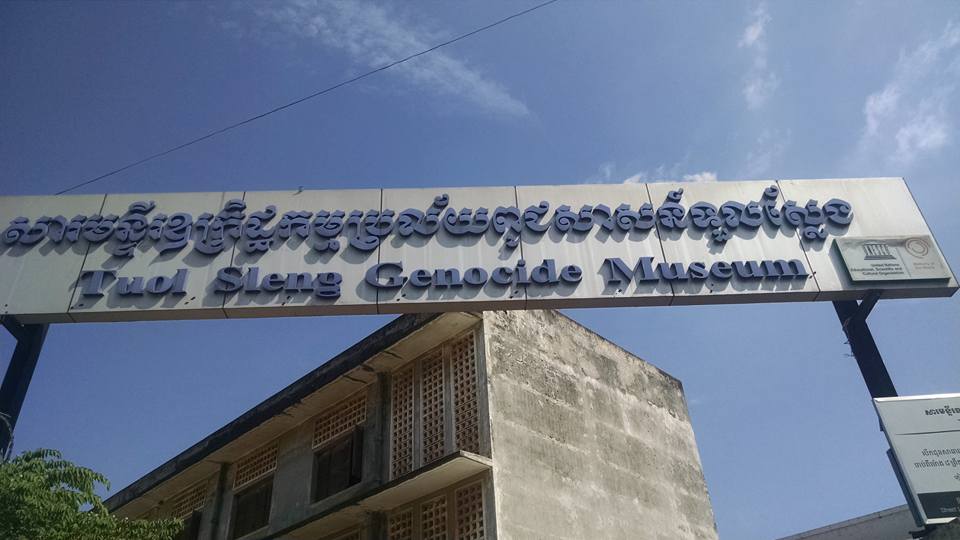
The museum is both indoors and outdoors and was once a prison for those persecuted by Pol Pot. Particularly, ‘intellectuals’ or even those who looked ‘intellectual’ were demonized to make way for a new, communist, agricultural, working society. You’ll see the ways that innocent people were tortured into false confessions and the unimaginable living conditions of the prison.
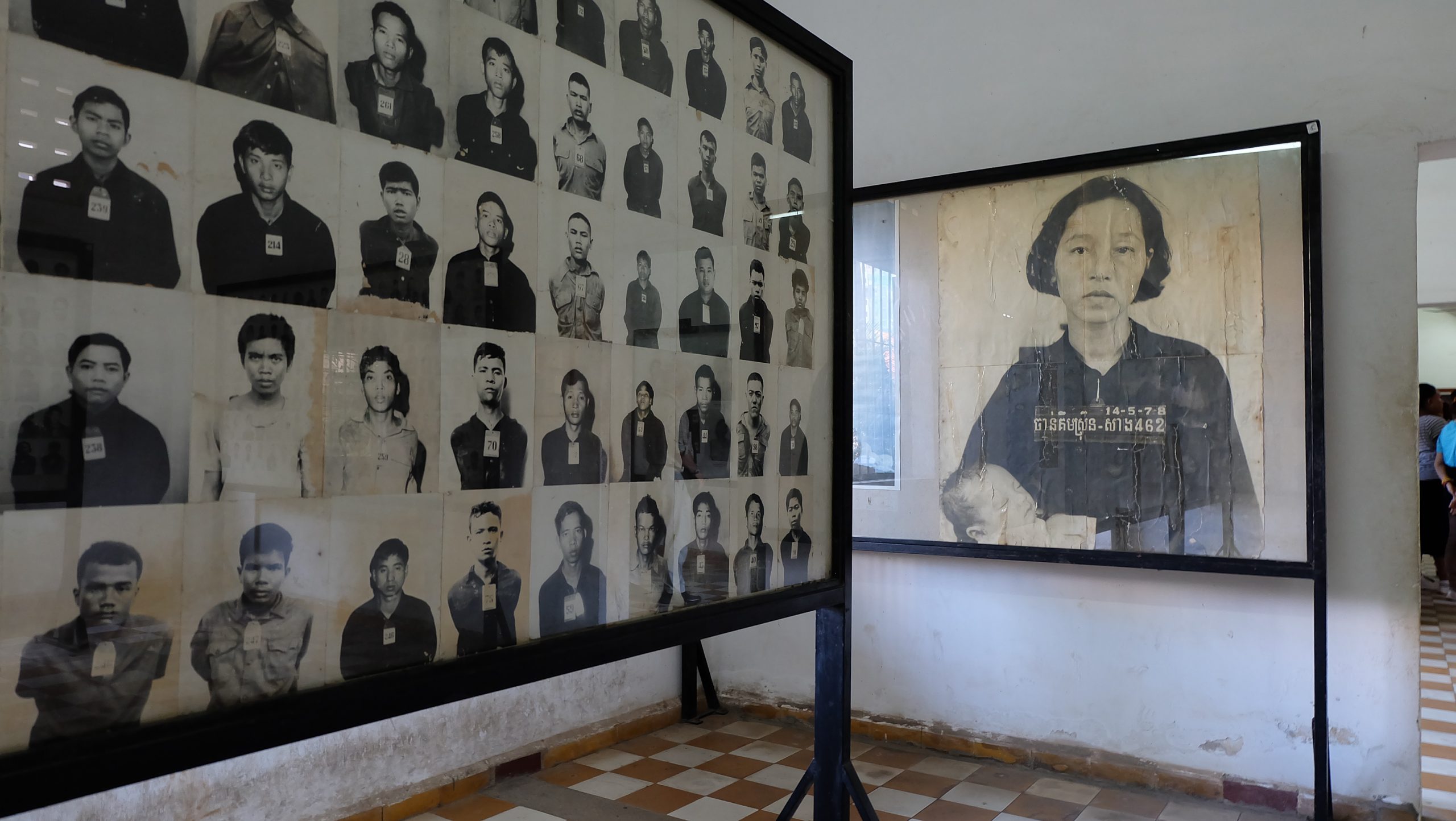
Be prepared for the emotions that a board full of hundreds of victim photos stitched together might bring. You might even have the chance to meet a survivor and hear his story. The Tuol Sleng Genocide Museum is an emotionally grueling experience, but an important one.
Phnom Penh Killing Fields:
This is another heart-wrenching experience, but it’s imperative to understanding the severity of the Genocide.
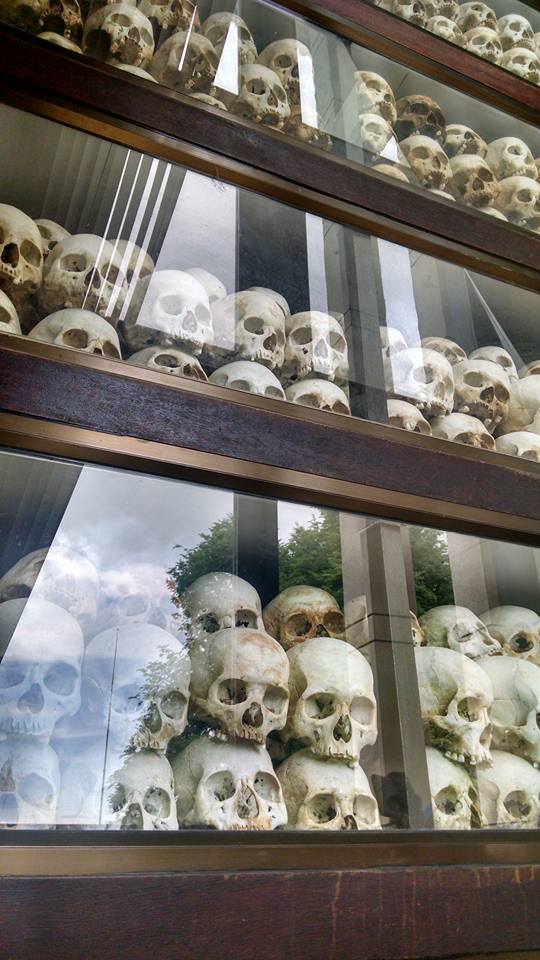
Victims who were real or imagined enemies of Pol Pot and the Khmer Rouge were brought here to be executed. The methods of murder were especially heinous, with particular regard to children, and the accounts of their suffering will undoubtedly leave you reeling. However, it’s with no exaggeration that I say this was one of the most important experiences of my life. It’s made me a better mother, person, and educator. I have an understanding of the world and an appreciation for life that I would be missing had I not visited.
When I visited in 2016, some of the mass graves were still quite shallow. On a rainy day, it’s entirely possible to see the dirt recede and for skeletal remains to be exposed. When I went there was also a strong odor of death and decay in the fields. This, combined with the crying children from a property next door begging me for money and help was quite ghastly.
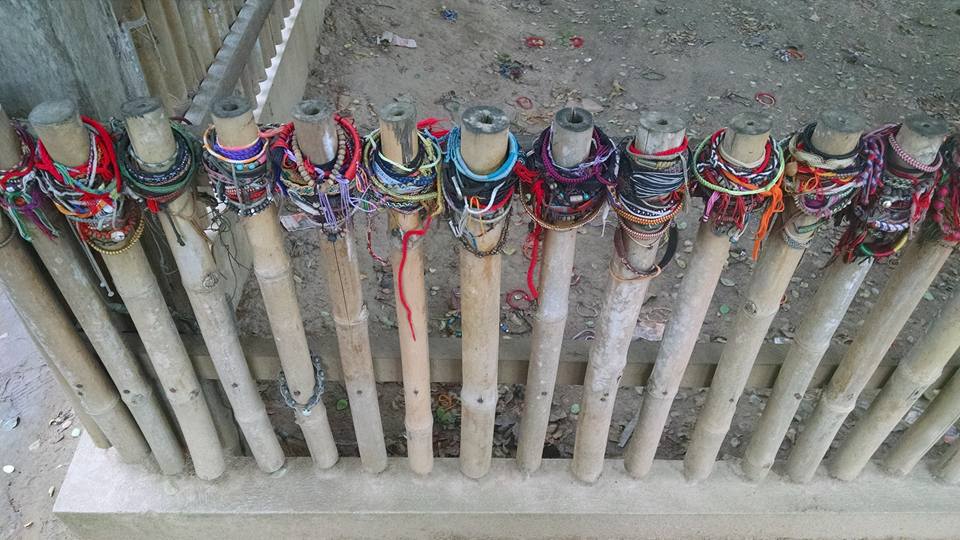
Silver Pagoda/Royal Palace:
It’s not all gloom and doom in Phnom Penh.
The Royal Palace is the official royal residence of Cambodia! The lawns are perfectly manicured and the architecture is exquisite. I remember a lot of pigeons everywhere, though. I sense a traumatizing repressed memory involving them?
The Napoleon III Pavilion is interesting. Apparently, the pavilion was supposed to be used by Napoleon III’s wife during the opening of the Suez Canal in the mid 19th century. I don’t think she ever used it, and they were kind of like, “Fuck it, let’s ship it to Cambodia.” Why? Who knows. But, you can see it today and it looks like an incongruous, haunted dollhouse.
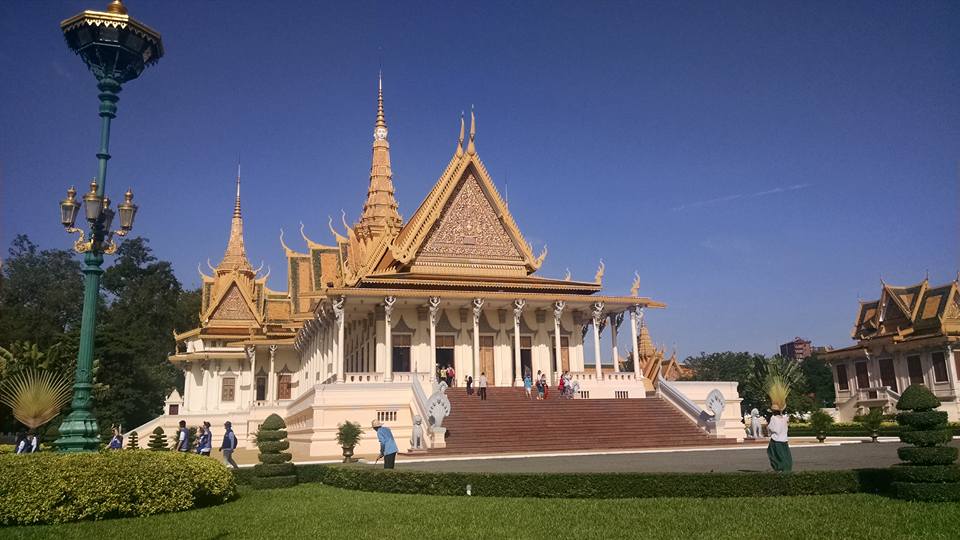
You can also check out Throne Hall within the palace. Official ceremonies like coronations once happened here and it was used as a meeting place for the “inner circle” VIPs of the royal family.
The silver pagoda is everyone’s favorite, though. Over five tons of silver make up the floor of this wat (temple) within the royal palace. There are many beautiful Buddha statues in the pagoda, but the one that catches everyone’s eye is made up of Baccarat crystal.
Friends the Phnom Penh Restaurant:
The interior of this place could easily have you feel like you’re in Charleston or New Orleans. It’s probably because of the bright and vibrant influence from local artists adorning the walls. This is a ‘shared plate’ style eatery and the prices are more than reasonable. Enjoy a little of everything from gnocchi to roasted snapper to hummus and a cheese plate served with chutney. I found my favorite beer in the world here (Angkor!) but the lime and raspberry daiquiri for five bucks isn’t bad either.
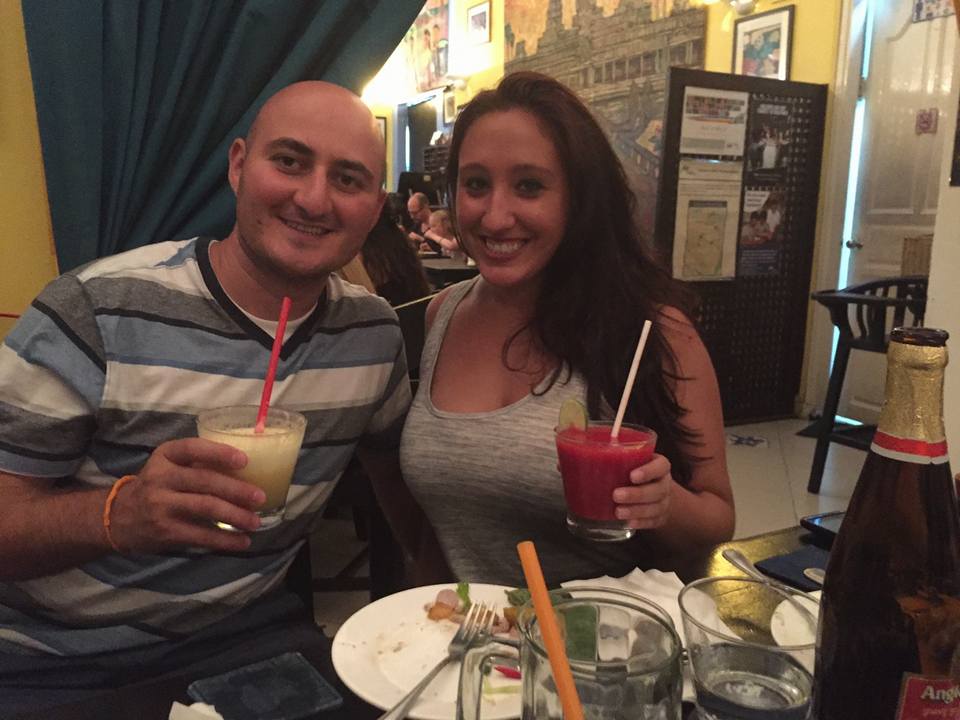
Beyond the remarkable food and pleasing aesthetic, you’ll have noticed by now that there is a ‘community’ feel to both the menu and design of the restaurant. All of the staff are young people who are locals and looking to escape poverty by working in the restaurant industry. The majority if not all of the money from patrons goes right back into culinary education for the workers. Honestly, this place is so cozy and spirited that you won’t want to leave.
11 Happy Backpacker Bar:
This rooftop bar sits atop a hostel by the same name. Earthy wooden beams, string lights, and overgrown tropical plants adorn every corner of this place. You can play a game of pool, lounge on a sexy red couch or chair, admire the views, and easily meet the kind of new friends that you’ll instantly click with after a high number of very cheap beers.
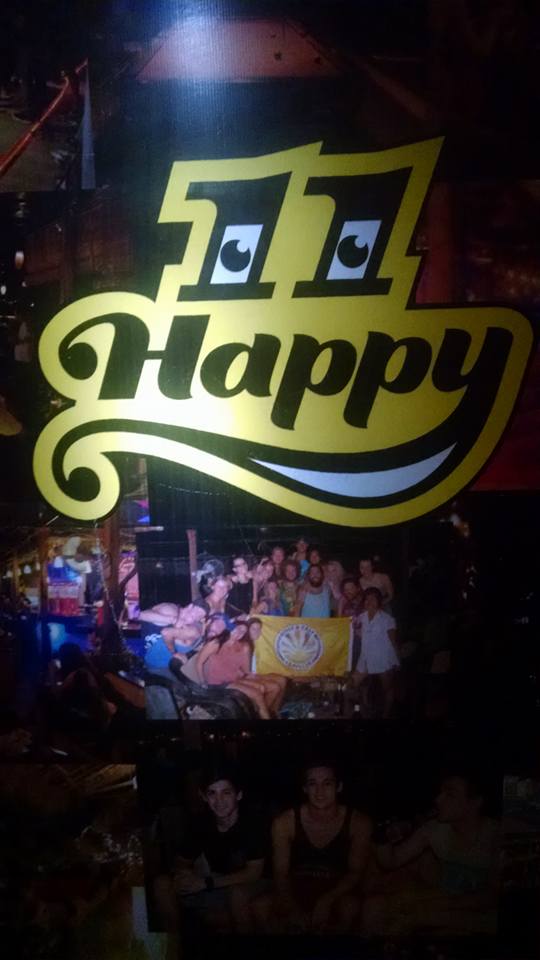
Siem Reap Overview:
Siem Reap is the kind of happy city where you walk around and say, “I could definitely live here.” It’s warm, vivacious, full of young people and families and great nightlife and restaurants. The colors on the buildings — sunset hues of pink and orange and yellow — are reminiscent of the Caribbean. Palm trees swaying outside of restaurant doors don’t hurt either.
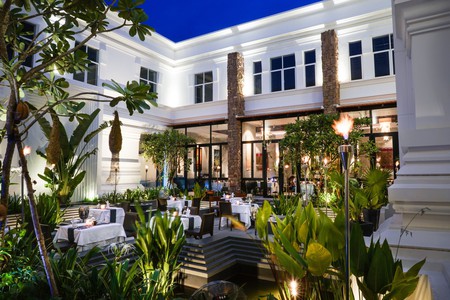
The one thing that might be a downside for some is the high permeation of Western influence on the city. I mean, I’ll be honest, I was surprised that a place like Red Piano exists (kind of a Hard Rock Cafe looking joint) and that I could order pasta Alfredo there…and it was good, like, eerily good. Siem Reap very much feels like a ‘vacation city’ — the same vibe you get showing up to Fort Lauderdale or Cancun.
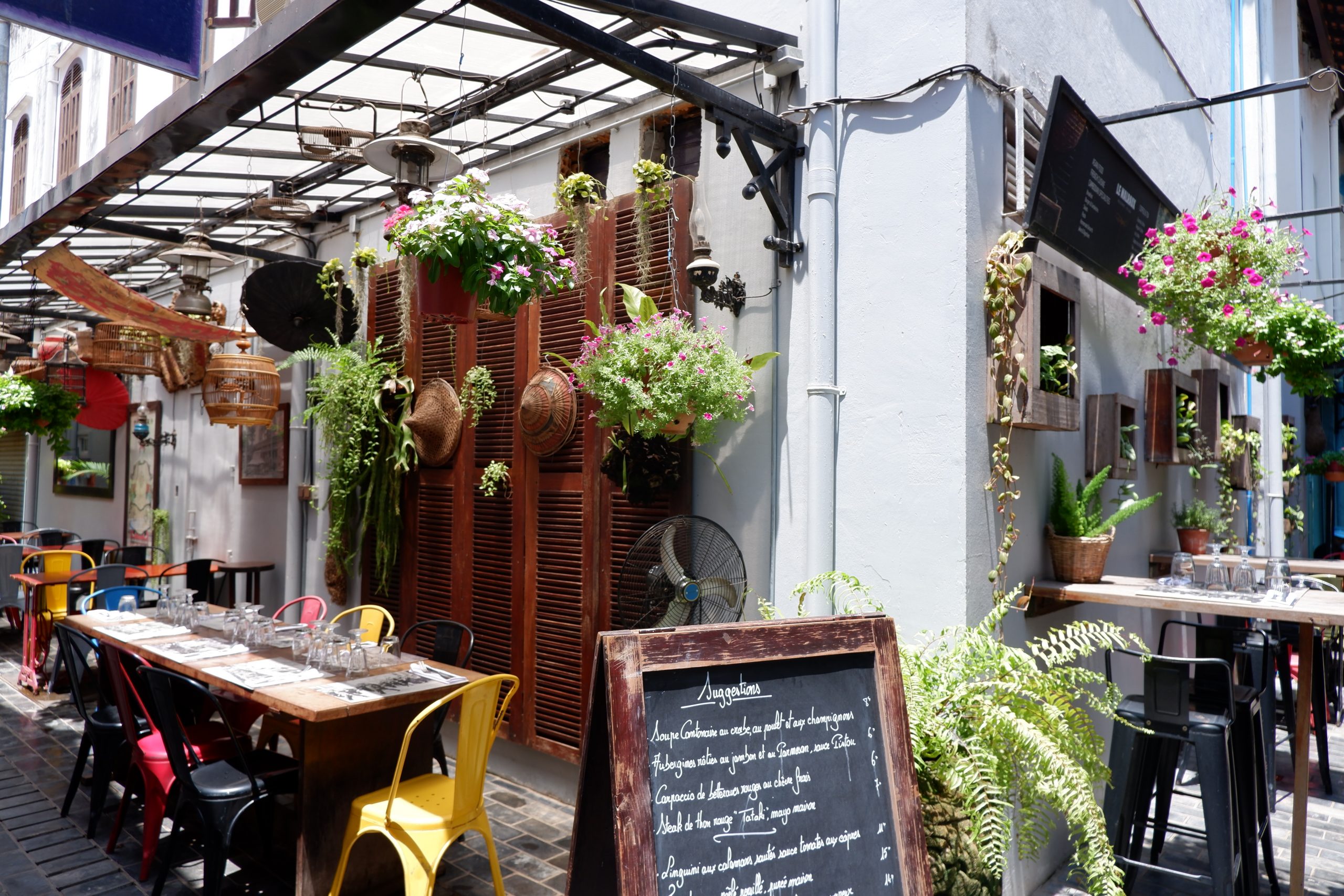
Some of the nightclubs damn right rival those in my home city of New York. All things that, I’ll be honest, wasn’t expecting to find in Cambodia. Siem Reap might be a glossier Cambodia, but it’s great all the same.
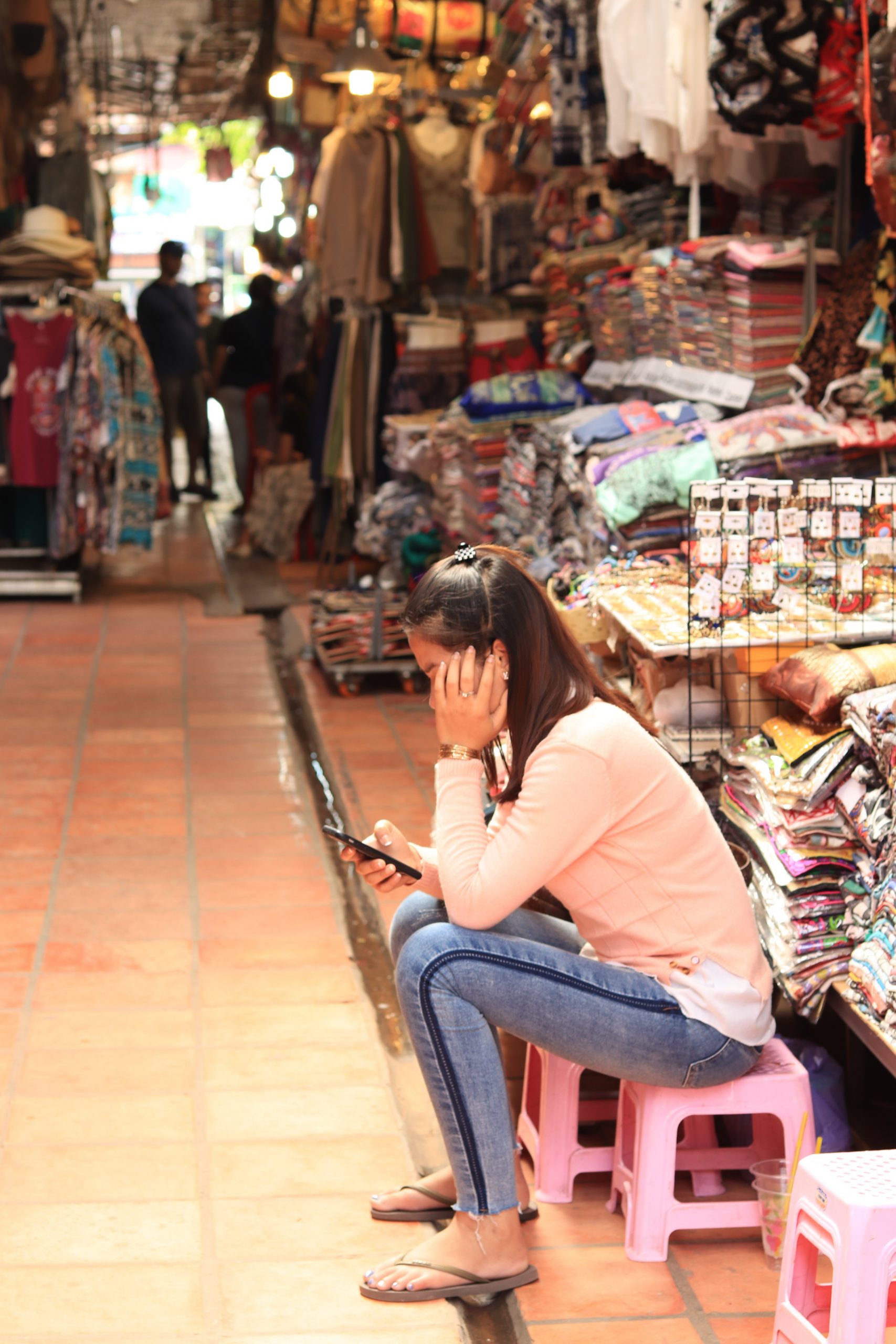
Siem Reap Suggestions:
And now, some favorite from Siem Reap.
Pub Street
Is this street full of culture and locals? Well, no. But that’s not really why you go. Pub Street is THE place to go after a long day of touring and heat exhaustion. Some of the nightclubs (I’m looking at you, Angkor What) are truly state-of-the-art and even allow you to smoke inside (if that’s your thing). Beers and drinks are super cheap, and you have plenty of options for food to sop up all of the alcohol. Sometimes, the party even spills out into the street.
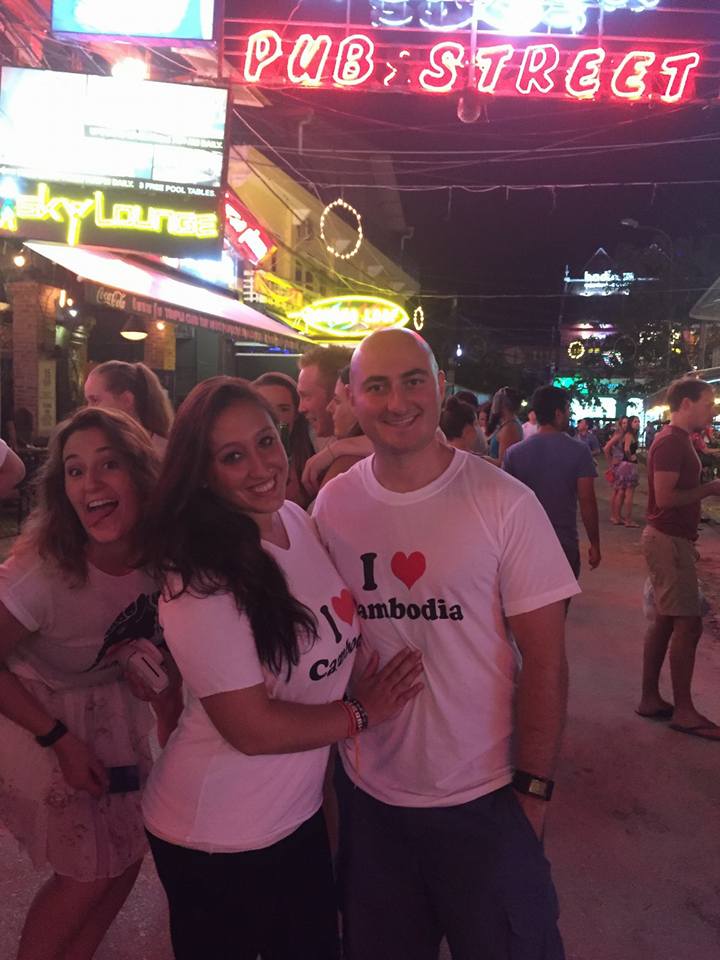
Angkor Wat
Over two million tourists a year visit Angkor Wat. The site is one of the largest religious monuments in the world. It was built all the way back in the first half of the 12th century and still stands today. Originally, it was a Hindu temple before being converted to a Buddhist one by the end of the century. It was a major cultural, political, and spiritual site where hundreds of thousands of Khmer people gathered. Today, it’s a tourist site that holds significance in Khmer history and Buddhist spirituality. It’s even more significant because although there was damage during the time of the Khmer Rouge, the temple system is still very much intact. Visit during sunrise for one of the most beautiful sights that you’ll remember for a lifetime, but be prepared to wake up at three in the morning to do so!
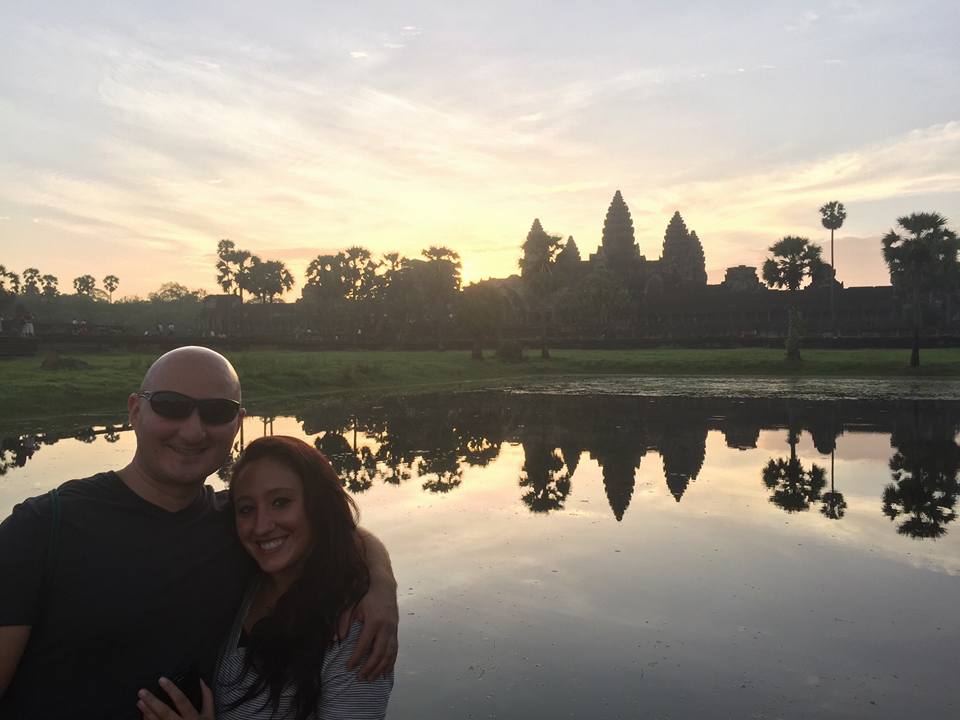
Ta Prohm
Roots that look too cool and intricate to be real (but are) grow in clinging fashion over the ages-old stone temples that seem to just jut out as if springing from the ground. It’s a wonderful feeling to imagine the over 50,000 Khmer people who looked over this temple during its glory days, keeping it in tip top shape for rituals and ceremonies. Ta Prohm is better-known to Western tourists as the “Tomb Raider temple.”
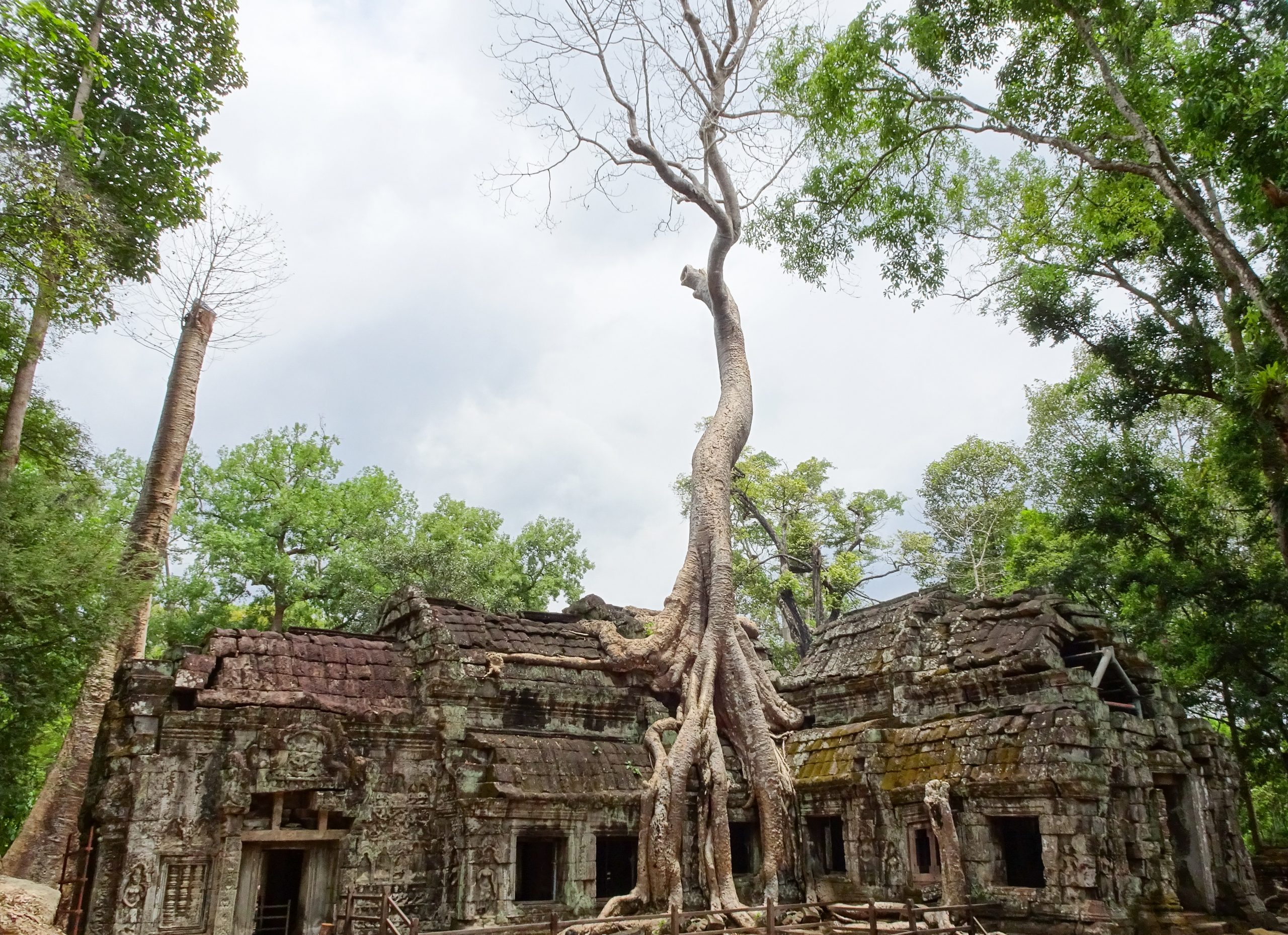
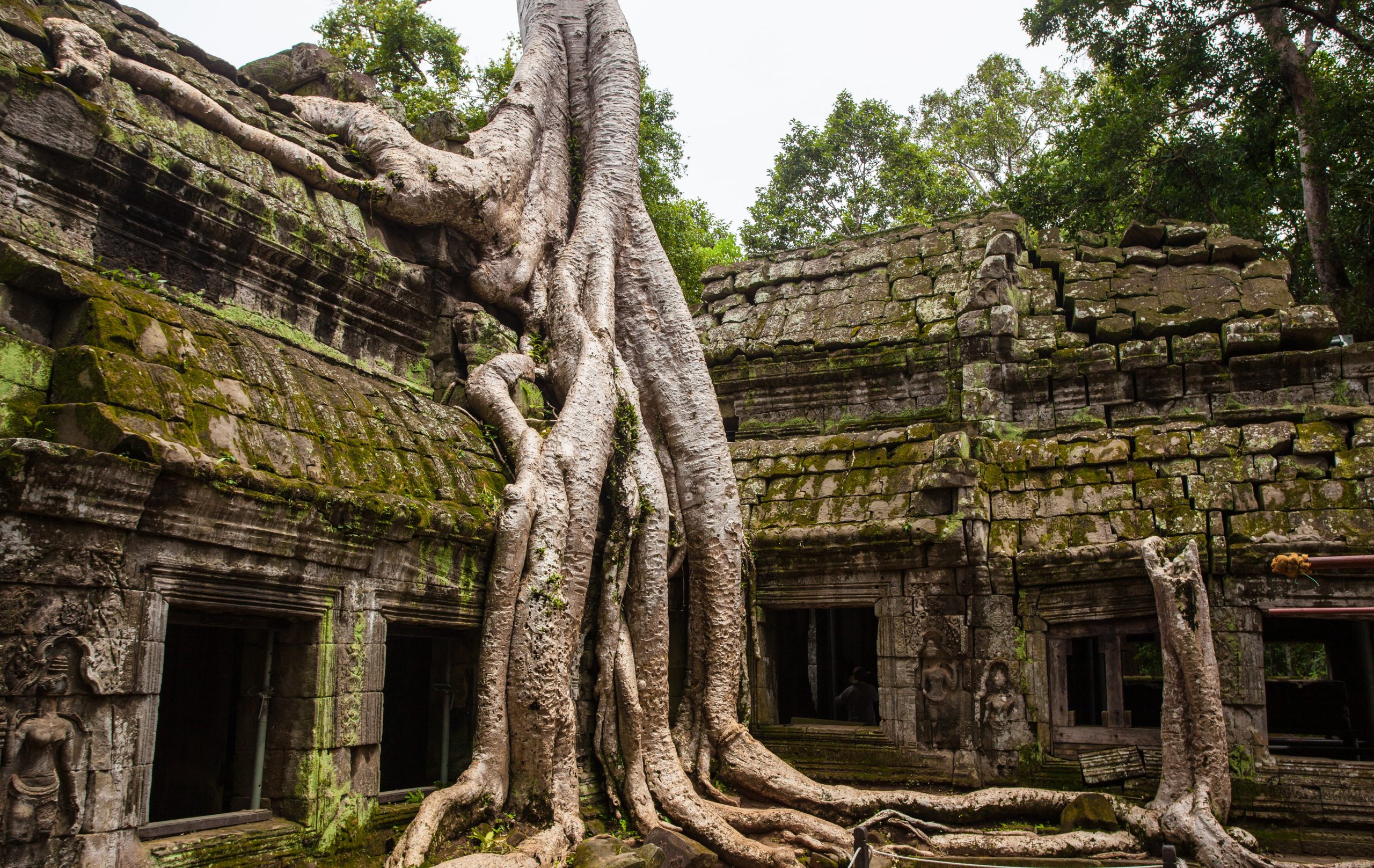
Angkor Thom
No matter how much you may suffer from ‘temple fatigue,’ THIS is one that’s totally worth checking out. It used to be the location for the homes of military and administrative personnel during Angkor Wat’s ‘hey-day.’ Those buildings made of wood have all but been reclaimed by the natural world, but the magnificent stone temples remain. You’ll be in complete awe at the stone faces carved with laser precision into stone and the sight of the banyan tree only adds to the far away fairy tale feel of Angkor Thom.
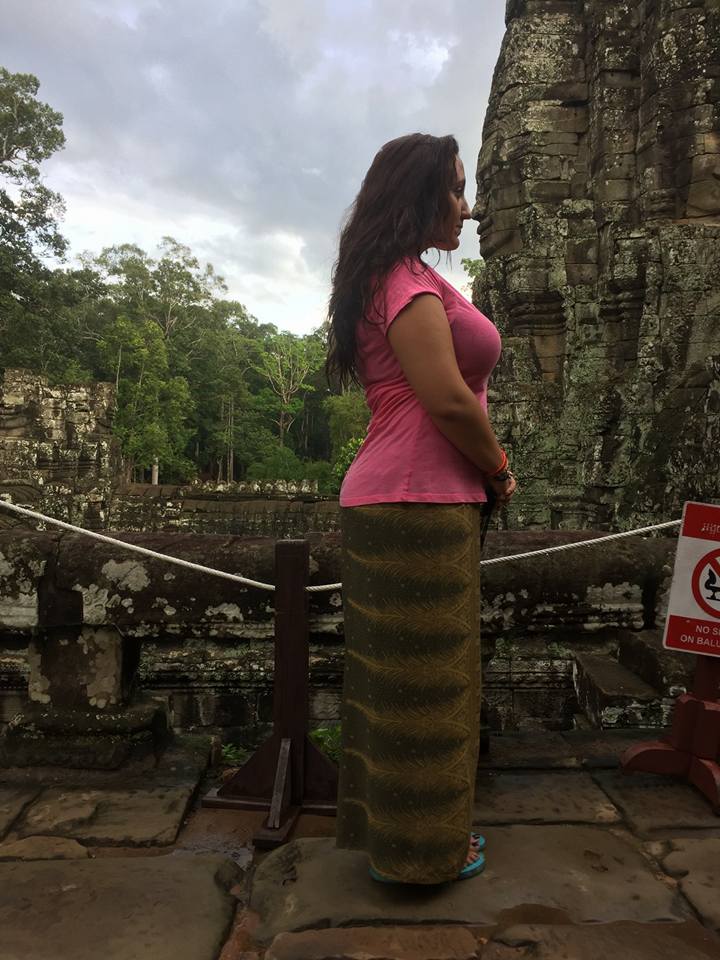
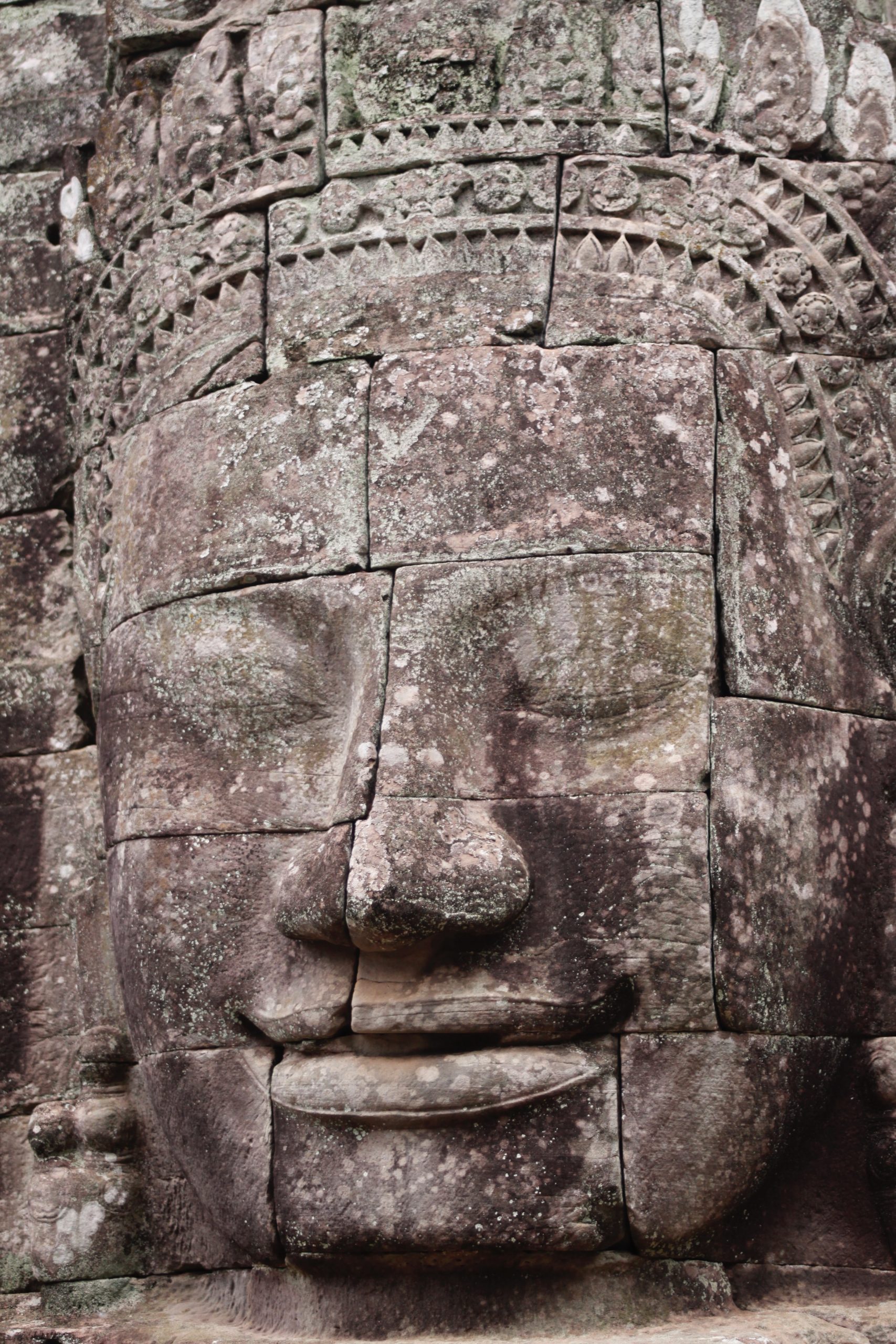
Phare Circus in Siem Reap
One of the greatest experiences that you can have in Siem Reap is visiting the Phare Circus. Grab some popcorn and beer and watch young performers flip, tumble, and soar through the air — all while simultaneously learning about the history of Cambodia through their movement. The best part is that the ticket sales go towards making sure that training in the circus arts stays free for all students. These are young people who typically are the victims of abject poverty, and so the opportunity to learn a trade, and a FUN one is truly life-changing for them.

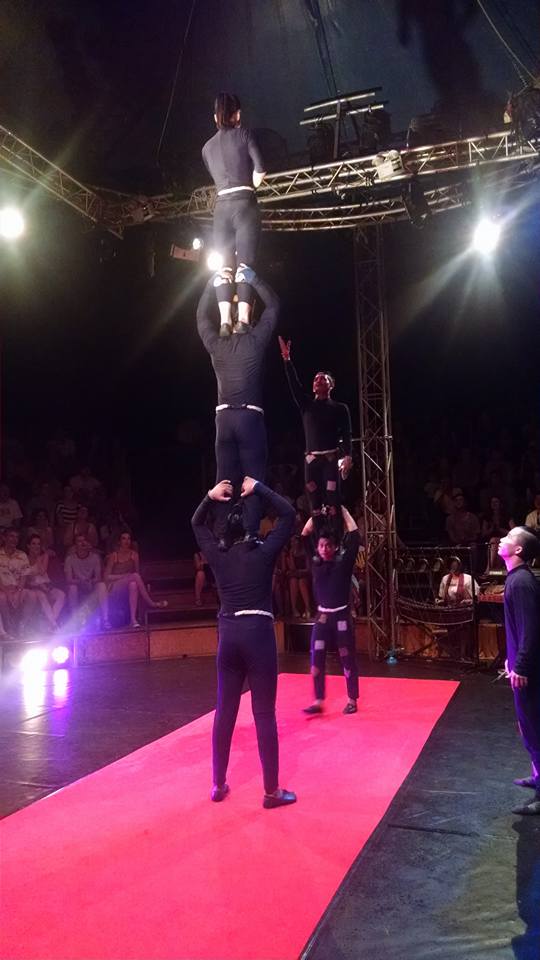


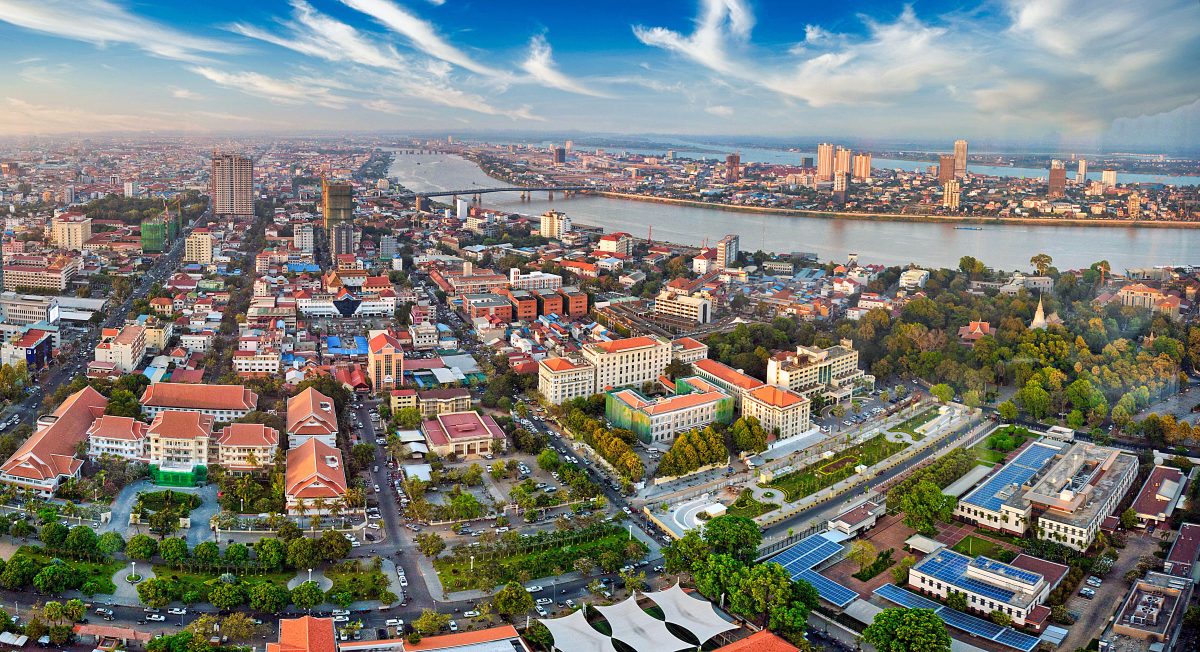
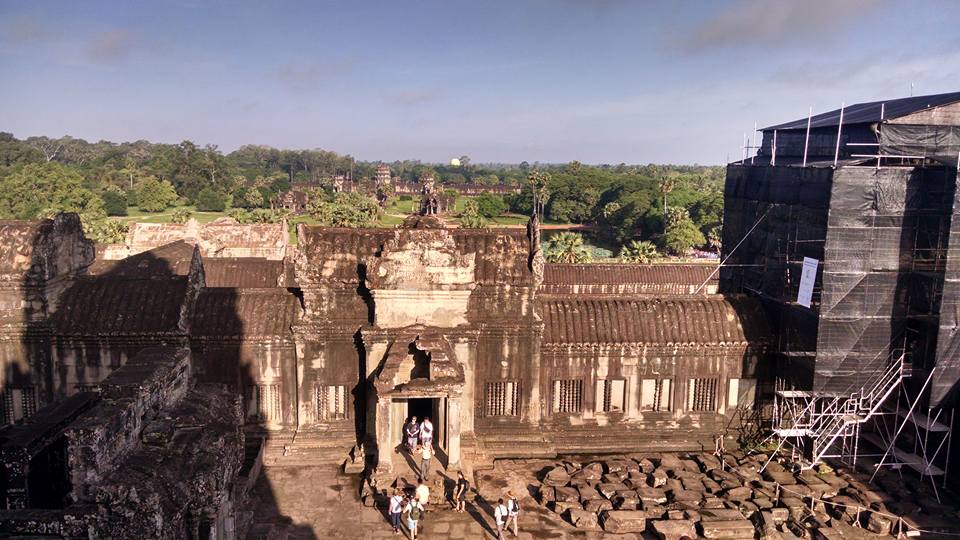

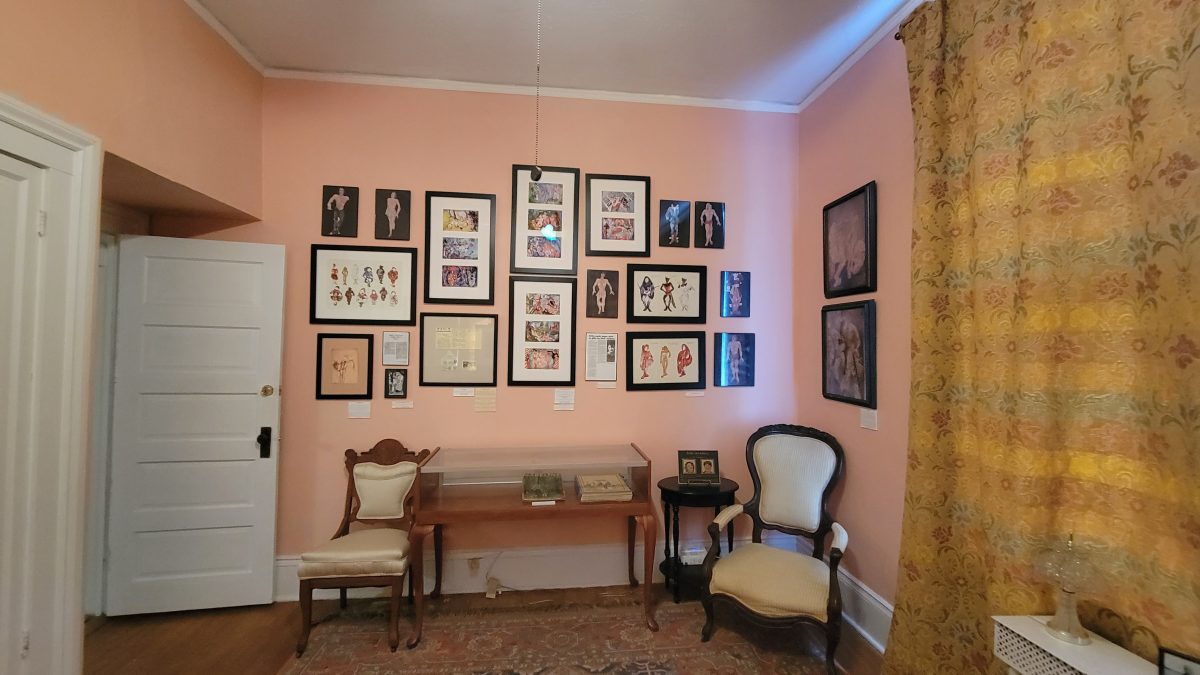
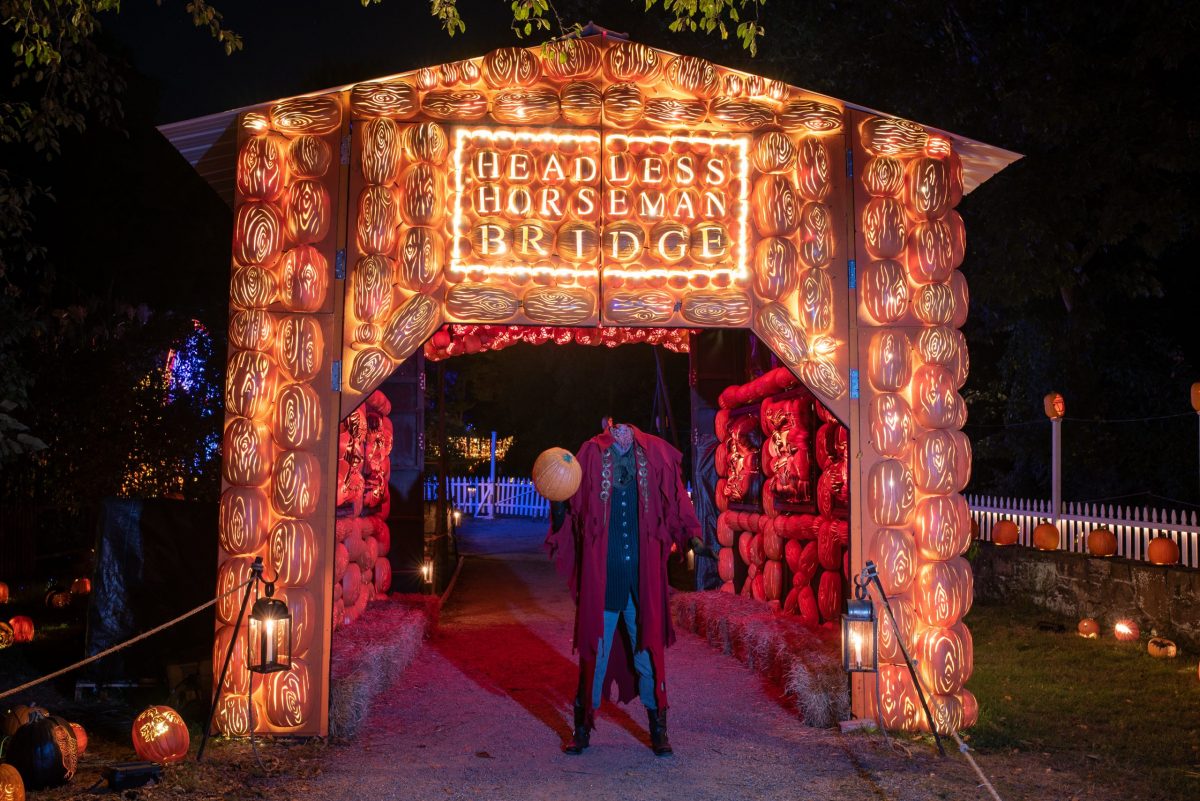
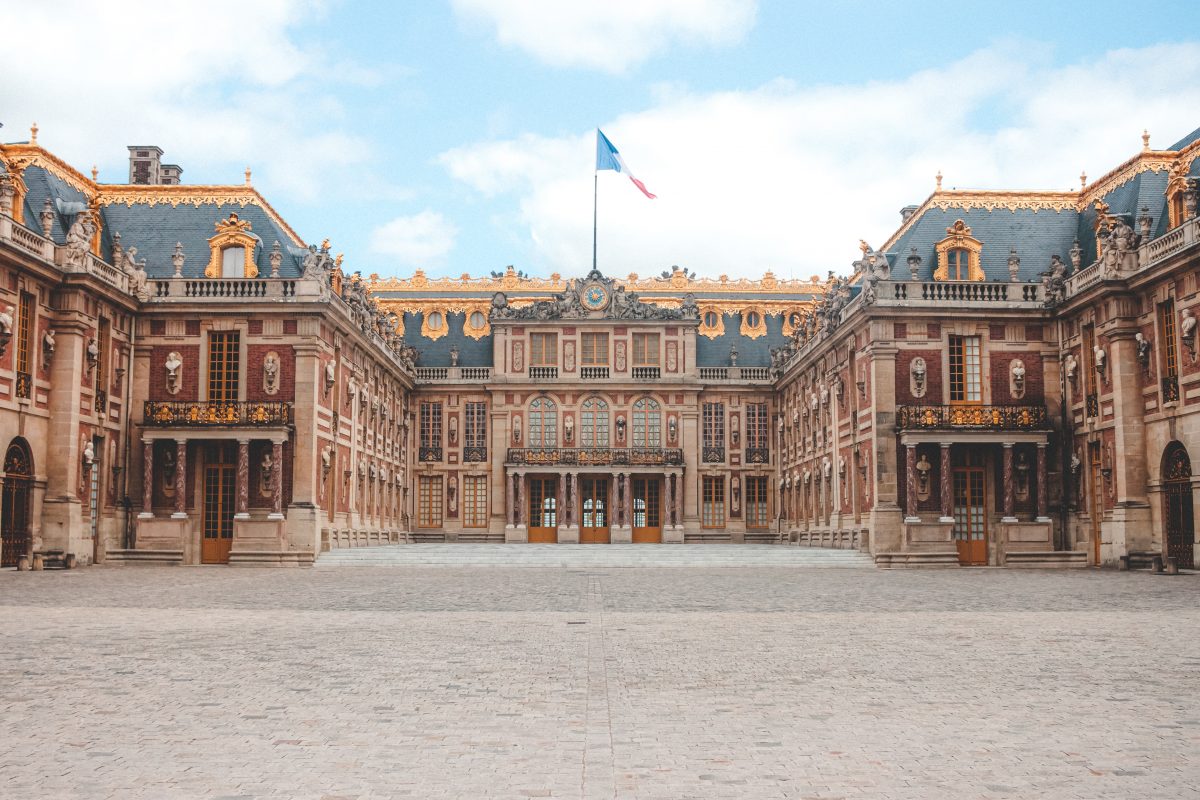
0 comment